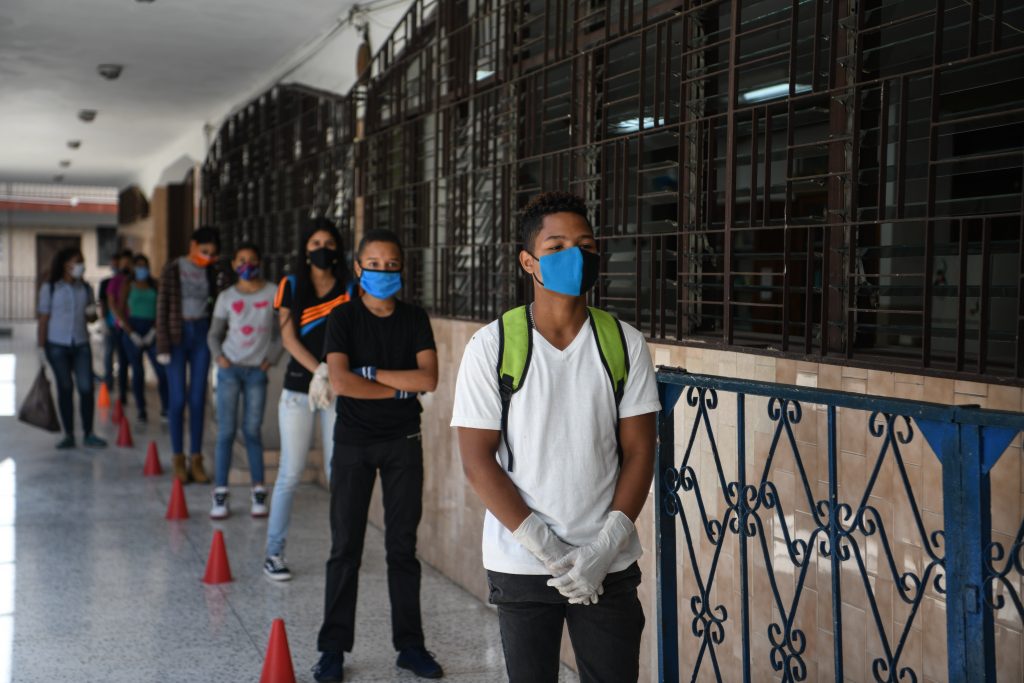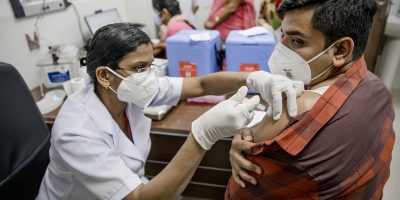A year on from when the World Health Organization (WHO) declared the COVID-19 outbreak a pandemic – the world is still reeling from the global outbreak. What we do know, is that ‘uncertainty’ prevails and we must harness a culture of learning to shape our response as the pandemic evolves.
At the Social Science for Humanitarian Action Platform (SSHAP) we have been responding to calls and questions on the different considerations of the pandemic through briefings, events, and explainers. As we look back on the last 12 months, we know there is much to learn from how COVID-19 has impacted different contexts and wanted to share with you our most read briefings on the pandemic:
Annie Wilkinson
March 2020
Available in English, French, Spanish, Portuguese and Chinese
This brief still comes out on top. As the crisis took hold early last year, it was clear that considerations from managing the spread and impact of COVID-19 informal urban settlements needed to specific and contextual to those settings. It reflects heightened concerns felt about these settings at the time due to the combination of population density and limited infrastructure. It discusses what is known about vulnerabilities and how to support local action.
Infographic: Informal Urban Settlements and COVID-19
Tabitha Hrynick, Megan Schmidt-Sane and Santiago Ripoll
November 2020
Available in English, Spanish, French and Arabic
As some countries go full speed ahead with their vaccine programmes, vaccine hesitancy is a major consideration. This brief draws on social science literature and informal interviews with experts to illustrate that vaccine hesitancy is more complex and context-specific, and often reflects diverse, everyday anxieties – not just, or even primarily, exposure to misinformation or anti-vaccine. It proposes strategies to guide policy makers, public health officials, vaccine developers, health workers, researchers, advocates, communicators, media actors and others involved in vaccine development, communication and deployment to boost confidence in COVID-19 vaccines.
Series on social science considerations relating to COVID-19 vaccines
Infographic: COVID-19: Going Beyond Misinformation To Build Vaccine Confidence
Podcast: The social and emotional side of vaccine hesitancy
Blog: We need trust in our politics to overcome vaccine hesitancy
Olivia Tulloch and Nadia Butler
April 2020
Available in English and French
This brief considers the rationale for shielding individuals at high risk of severe disease or death from COVID-19 in low and middle-income countries. It provides an overview of proposed approaches to shielding, discusses the categories of individuals who may be identified for shielding, and outlines the likely difficulties of these measures and ways to mitigate them. It should be noted that the authors are not aware of any precedent for targeted shielding of specific groups in low- and middle-income countries during this or any other outbreak. As such, shielding as an approach is untested.
Infographic: Shielding People at High Risk of Severe Illness or Death
Anthrologica for SSHAP
March 2020
Available in English, French and Chinese
The WHO recommends proactive communication during a public health emergency that, “encourages the public to adopt protective behaviours, facilitates heightened disease surveillance, reduces confusion and allows for better allocation of resources – all of which are necessary for an effective response”.
This brief sets out practical considerations relating to flows of information, misinformation and disinformation though online media, particularly social media networks, in the context of the COVID-19 pandemic. It details various types of online media, key players and influencers on social media, and strategies for ensuring good information and disrupting mis- and disinformation.
Infographic: COVID-19: Online Information
Anthrologica for SSHAP
April 2020
Available in English
This brief reports on attitudes and practices relating to physical distancing measures in Eastern and Southern Africa in the context of the current global COVID-19 outbreak. Where relevant, it also includes insight and learning from the Ebola outbreaks in West Africa and the Democratic Republic of Congo. It sets out practical considerations for the formulation of communication strategies and messaging about physical distancing related to COVID-19.
Infographic: Distancing in Eastern and Southern Africa
It is hard to imagine where the world will be in another year. SSHAP will continue to learn, champion and profile social science evidence to inform humanitarian emergencies – pandemic or not.




